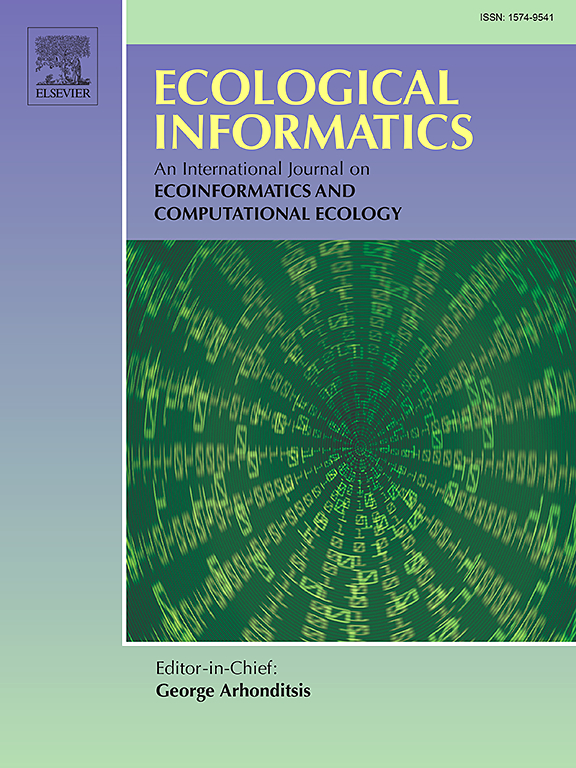Land-Unet: A deep learning network for precise segmentation and identification of non-structured land use types in rural areas for green urban space analysis
IF 5.8
2区 环境科学与生态学
Q1 ECOLOGY
引用次数: 0
Abstract
Land Use and Land Cover Change (LUCC) have become popular research topics in the environmental field. With the development of artificial intelligence technology, many downstream applications based on intelligent urban–rural semantic analysis have emerged. Scholars have made significant progress in the intelligent analysis of urban imagery, but exploration of unstructured rural remote sensing data has been limited. This paper addresses the existing pixel-level semantic ambiguity issues and proposes a new deep learning model, Land-Unet. The network features a dual-branch Edge-Sensing Block (ESB) structure, including a Spatial and Channel Synergistic Attention (SCSA) branch and a Dynamic Upsampling (DYU) technique, which effectively resolves contour ambiguity in edge semantic information in rural images. Experiments on multiple datasets using various deep learning methods show that compared with the original structure, the proposed method increases by 9.7%, by 5.9%, and by 12.2%. Compared to transformer-based methods, proposed method also demonstrated improved performance. Additionally, a new rural satellite imagery dataset, RuralUse, has been open-sourced for semantic segmentation research.
求助全文
约1分钟内获得全文
求助全文
来源期刊

Ecological Informatics
环境科学-生态学
CiteScore
8.30
自引率
11.80%
发文量
346
审稿时长
46 days
期刊介绍:
The journal Ecological Informatics is devoted to the publication of high quality, peer-reviewed articles on all aspects of computational ecology, data science and biogeography. The scope of the journal takes into account the data-intensive nature of ecology, the growing capacity of information technology to access, harness and leverage complex data as well as the critical need for informing sustainable management in view of global environmental and climate change.
The nature of the journal is interdisciplinary at the crossover between ecology and informatics. It focuses on novel concepts and techniques for image- and genome-based monitoring and interpretation, sensor- and multimedia-based data acquisition, internet-based data archiving and sharing, data assimilation, modelling and prediction of ecological data.
 求助内容:
求助内容: 应助结果提醒方式:
应助结果提醒方式:


